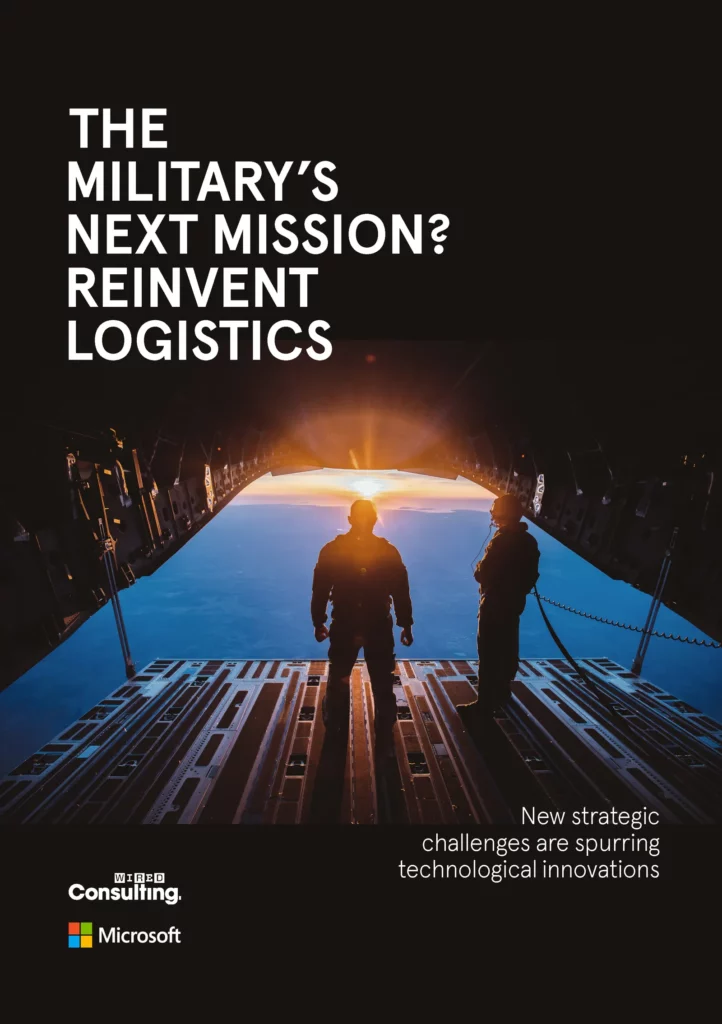“
Mixed reality offers massive opportunities, but a lot of them aren’t being realised at the moment.
Professor David McIlhatton
director of the Protective Security Lab at Coventry University
WIRED – “There’s no reason it couldn’t be used in the same context within defense,” says Professor David McIlhatton, director of the Protective Security Lab at Coventry University. He believes this is one of several areas in which defense logistics could benefit from this technology. Indeed, AR is already being used in other defense contexts: the US Army, for example, has been evaluating the use of modified Microsoft HoloLens AR headsets for combat soldiers in the field since 2017, with the aim of improving navigation, situational awareness and decision-making.
One area that’s already starting to benefit is maintenance. An independent study carried out on behalf of AR software company Taqtile looked at jet engine maintenance in the US Air Force, where routine maintenance is often required despite qualified technicians not being readily available, especially in remote locations. In the study, technicians using traditional methods were unable to complete nearly a third of the tasks and had a 60 percent error rate in the ones they did finish. Those using the headsets completed all of the tasks with no errors.
According to McIlhatton, AR could have an even greater impact during times of conflict, offering training at the point of need. “Take Ukraine,” he says. “You’re providing significant amounts of equipment to them, but how do you then train the people who are in the front line to use it or maintain it without bringing them to you? AR could be beneficial for that.”
Microsoft’s Dan Haines goes further. “They may not even have to be trained at all,” he says. “You may be able to reach a state in which new users with mechanical skills, but with no knowledge of the product, can be guided through the process of fixing, say, a German artillery vehicle simply by using graphical and instructional overlays on the headset that arrives with it.”


